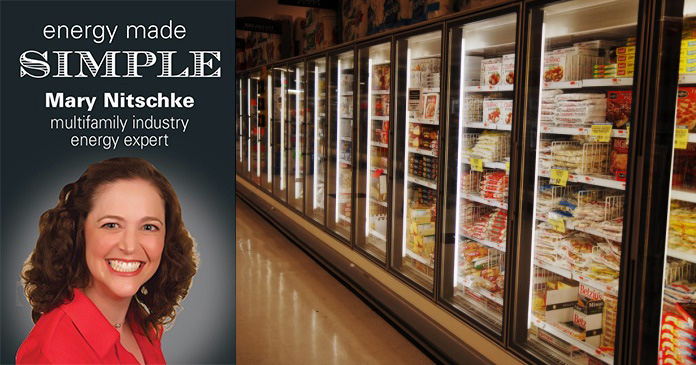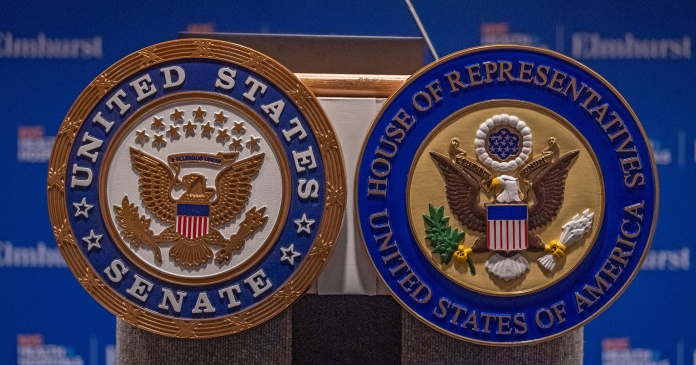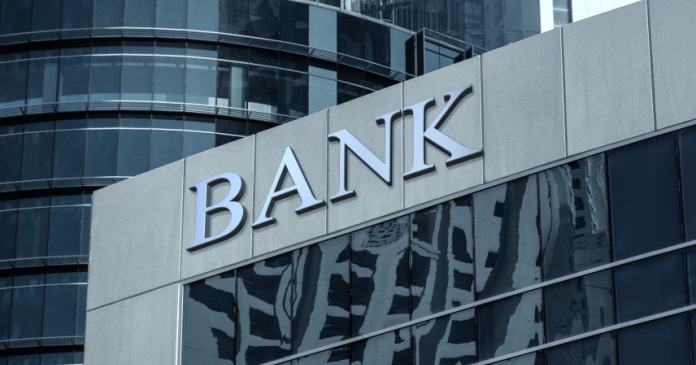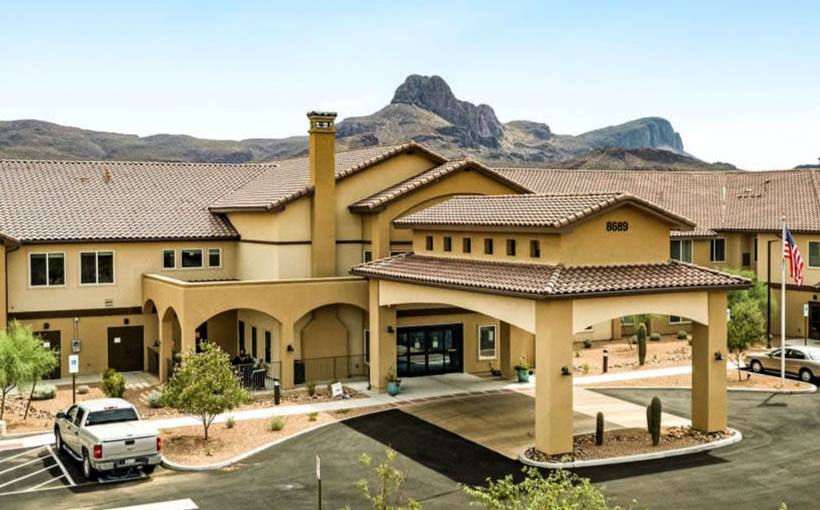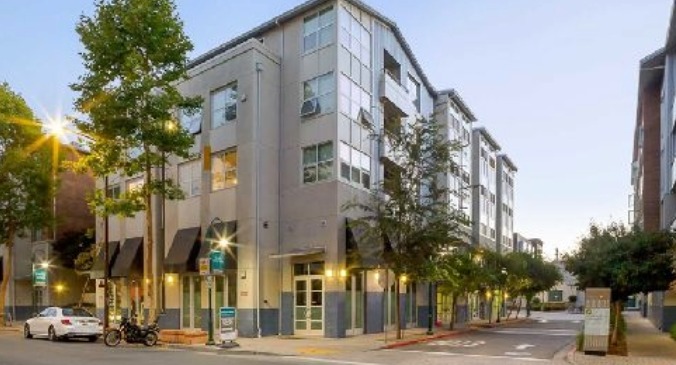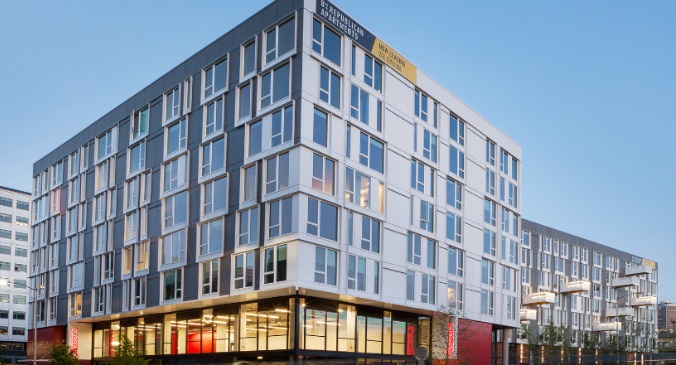Have you ever walked down the freezer aisle of a store and found that the cases look a little dark? Then, as you approach, the insides light up. I personally love that! It makes me happy in two ways. The first is that I suddenly feel very special, like the lights turned on just for me because I am the Princess of Frozen Peas. Very VIP. The second is that it gives me satisfaction that the store has figured out how to use lighting for both efficiency and for an emotional response.
It often surprises me how we do not really lean into the emotional benefits of lighting efficiency in our properties. For example, the same type of solution can be utilized in our parking garages. Now, I do not recommend that all the lights are off until there is motion. That is both creepy and dangerous: You are setting your property up for a world of liability if you go dark.
I personally love the in-ballast technology in which there are two LED bulbs and one is on all the time. You have a base amount of light and, when a motion sensor is triggered, the ballast turns on the second bulb. Not only is this safe, but it cuts energy use deeply. I have converted old fluorescent lighting to this motion-sensor-linked LED lighting in a parking garage and not only had a cost payback of less than 6 months, but the new lighting also garnered positive feedback from the people who parked there. They loved how bright it was and how safe they felt. They loved how it made them feel.
Why not use these types of lighting sensors in other places in our communities, like interior corridors and stairwells? LEDs are so flexible we have tremendous opportunity to both save money and create deeper satisfaction from our residents. Our lights can make them feel like they matter to us. How would this emotional reaction affect your renewal rates?
We can apply the emotional benefit of lighting to our leasing spaces as well. Although some leasing offices are converted units, many of our properties have a leasing space that stands alone or is connected to our amenity spaces. Do we use daylight there as much as possible? It might seem unnatural in our development and renovation programs to consider how we can incorporate daylight and stimulate our circadian rhythms in our workspace lighting, but the benefits can be significant. First, daylight is free (my favorite “F” word). You do not even need to fill out rebate paperwork to get it; it just comes to you. Using daylight in our spaces can really cut our costs. Second, (and here is the emotional bit) multiple studies have shown that by using daylighting in our workspaces, we can increase productivity, decrease sick time, and have higher employee engagement.
When we look at our lighting and efficiency, I highly recommend we take that extra moment to think about the value of lighting beyond the simple cost payback. We all love feeling special and valued. It is fantastic that we can achieve that with a little light.


